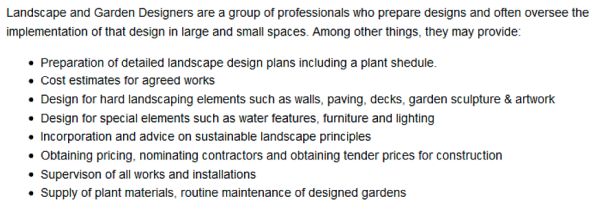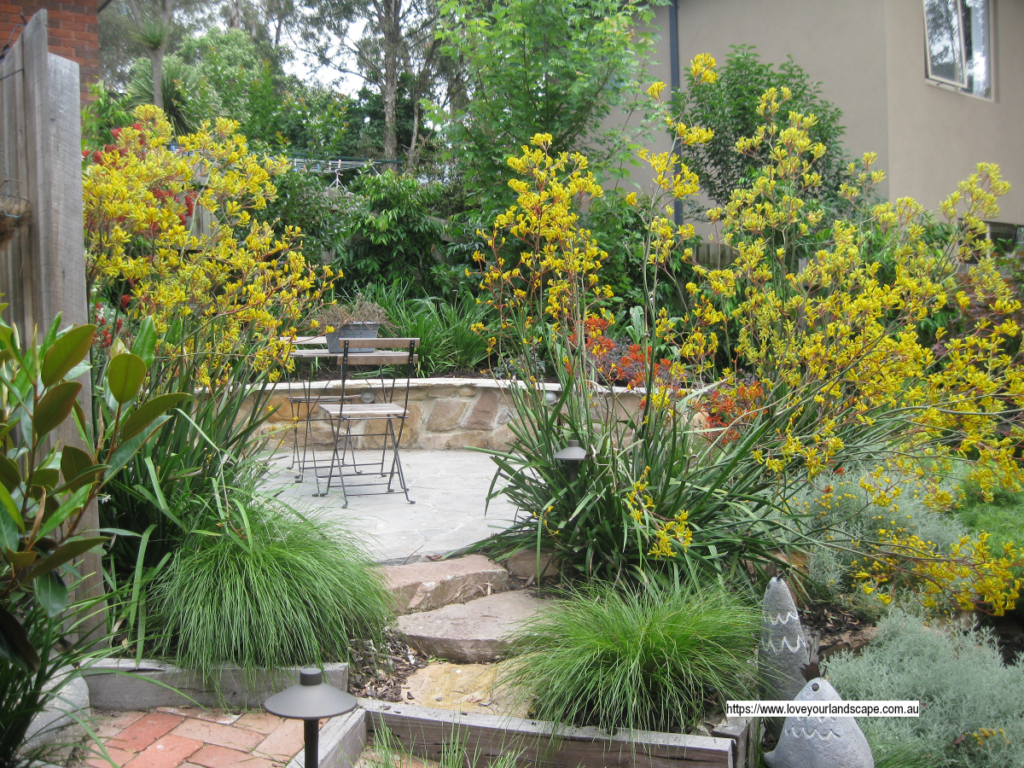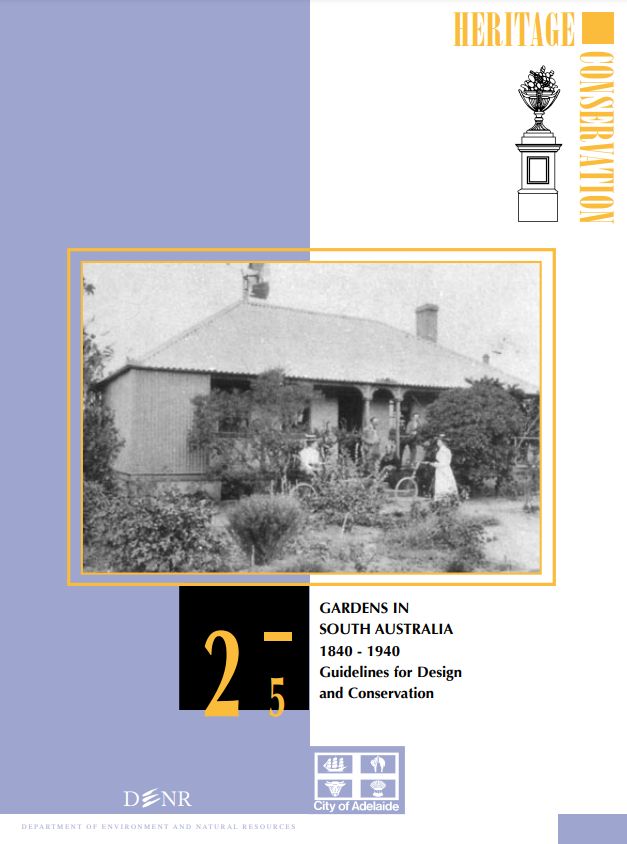

This landscape design course is ideal for you whether you want to create your own garden, pursue a career in landscape design or start your own business as a landscape construction provider.
No fees are charged, so you can study at your own pace and with assistance from an online tutor when required. Please contact us for more details – Email: info@gcadplus.com.
About landscape designers



Course structure
The links flowing from this page provide a structured learning course for budding landscape designers.
The first part of the course is designed to show how landscape designers go about their business, while the latter part is focused on assisting landscape designers who wish to move from hand drafting to drafting with a computer. A list of course modules is provided below. We suggest working through each module in turn.
- Building an online presence
- Meeting with clients
- Design Portfolio
- Hand drawing plant symbols (in preparation)
- Site survey
- Equipment required
- Measuring sites
- Draw (draft) full size
- Drafting plans
- Benefits of CAD drafting
- Your first complete design
- Deciduous trees in elevation
- Base plan from mud map
- How to label symbols
- Design objectives
- Design in 2D but think 3D
- Vertical and horizontal planes
- Paving pattern and perception
- Designs based on geometric shapes
- Allocating spaces
Preliminary work
Before starting out, you might take a look at some really excellent and finely detailed background information on the process of creating a landscape plan from the University of Minnesota.
Here is a response to it from one of our students
For the past few weeks I have been studying the information from the University of Minnesota on garden/landscape design. I find it incredibly detailed and informative. I have learned a great deal in a very short time frame. My notes include the considerations in designing a sustainable landscape and how to approach clients so that all their needs are met. I found the samples interview questionnaire very helpful and there were definitely a number of subjects that I would not have originally thought of. I also learned that there is much more preparation than I originally thought, to develop a basic drawing. The site survey, the site analysis, plot plan, site plan and structure/utility blueprints need to be considered as well as simply choosing favourite plants and creating a pleasing environment. Once there is a good understanding of the objectives, the site particulars and the different plant groupings to be included, the actual design begins. Again there is much more involved than just sitting down and creating a pretty plan. Principles of design include simplicity, variety, balance, emphasis, sequence and scale. The elements of design include the plant particulars such as height and width, texture, form and seasonal interest or colour. Then there are also secondary elements of design such as drought or moisture tolerance, sun or shade tolerance, insect and disease resistance and soil adaptability. Again a very helpful form called The Residential Sustainable Landscape Evaluation Form, brings all the important considerations together. Very helpful! I loved the section on energy saving landscapes and the fact that creating gardens that are environmentally friendly is such a large part of the Minnesota University philosophy. The section on Healing Gardens was very interesting to me and close to my heart, as this is one direction I would like to pursue. Overall the information is exhaustive and highly informative.
History of landscape design
Another area of preliminary worth studying is to learn something about the history of landscape design. See if you can find information about the following topics/periods:
- Mesopotamia
- Egypt
- Persia (Iran) & The Persian Empire
- Greece
- The Roman Epoch
- India
- China
- Japan
- Spain
- Monastery and Castle Gardens
- The Italian Renaissance
- The French Tradition
- English Traditions
Your first task
As it is highly likely that you may be asked to upgrade older well-established gardens in your area, you might spend some time researching garden styles that were popular in past years in the localities in which you intend to work. Here is an example from our local area:
When you have covered the University of Minnesota material, please send us a note (info@gcadplus.com) and include some information about the style of gardens popular in your area in the past. Then move on to the first module in the course:
